EMS in Ecuador is like Forrest Gump’s Box of Chocolates: You Never Know What You’re Going to Get! What I’ll say may not be comforting, but it could save your life. I’m speaking to my peers, the Baby Boomers who already live in Ecuador and for those others who are contemplating pulling up stakes from North America and coming down to live and/or retire here. To be blunt, if you are here with medical challenges that could throw you into a life-threatening emergency, you must make maximum effort to investigate and prepare in advance for your care from the onset of an episode through recovery; no matter where you live in the country. If you don’t, you may seriously compromise your life and well-being and with it the peace-of-mind and security of your loved ones. Living in Ecuador requires much self-responsibility.
Mindo Emergency Clinic in a high-impact sports area for visitors: Two hours to Quito!
As an example, I’ll use the U.S., but this piece applies to Canada as well. Both countries share demographic characteristics, modalities of healthcare, disease vulnerabilities, and comparable levels of emergency services.
This is about emergency intervention in particular, not health care in general. Yet, through the filter of EMS we get to better understand the priorities of our host country when it comes to medical services. Apply what you learn accordingly.
When you take a look at the resources and needs of Ecuador you will see how pre-hospital emergency care — and emergency facilities and critical care back-up — is appropriate for its population but not geared to handle the kinds of medical problems (and resulting emergencies) the retired expat population carries with it.
My review is based on having had 40 years’ experience in the field of pre-hospital emergency care. Twelve of those as one of the first Mobile Intensive Care Unit Paramedics in the U.S. and the balance as a writer examining the human aspects of delivering emergency services. Add to this two years living in Ecuador and sorting through the significant differences between the medical systems and cultures when it comes to meeting the needs of the expat population.
Let’s look at that word, “needs” as it applies to our host culture. We must put things in perspective.
It is essential to understand that Ecuador is only about 20 years into a major economic and social recovery.
“In 1995, 75.8% of Ecuadorans lived in poverty in rural areas and 42.4% in urban areas. Extreme poverty affected 33.9% of the rural population and 10.6% of the urban population.” (from Innovative Intersector Practice for Health and Equity: The Case of Cotacachi, Ecuador Luis Marina Vega C., August 2007 found HERE).
But today (from HERE) we’re still showing a 49% rural poverty rate with about 22% urban! At its best, Ecuador is still in a precarious balance. The question arises; where are a country’s scarce resources best applied?
Pre-Hospital Ems In The U.S. Was Actually A By-Product Of Affluence.
Having come out of the Depression and through WWII, in the 1960’s, America was getting beyond survival and moving into a new prosperity. Life, rather than something to be endured, was now becoming something worth investing in and preserving.
Today, EMS in America is uniform and institutionalized and highly coordinated from one facility to the next. It is very expensive and geared toward servicing an aging population – something that most N.A. expats take for granted and expect they’ll find here. All too often they discover the differences at the worst possible time; in the midst of an emergency.
[color-box color=”gray”]EMS Fact: Did you know EMS didn’t really take off until the appearance of the Jack Webb-produced EMERGENCY! television show (1969)? Pre-hospital care (and hospital systems to support it) was in response to the high incidence of Sudden Cardiac Death (SCD) in the streets of America. The program captured the imagination of an affluent population that had the ability to turn their resources toward equipping and standardizing the advanced care available throughout the country. In Ecuador, the incidence of SCD is very low and basically unchanged since the initiation of paramedic programs.[/color-box]
In 1960’s America, when I had my first experience with EMS as a teenager in a car wreck, the backbone of Emergency Medical Services on the east coast of the U.S. was the Volunteer Ambulance Corps that were scattered about. They were not placed through need or design but through the ability of a community to buy a used hearse, modify it to transport a patient, equip it and train a few people in first aid. If someone was available to “run the call” you’d get an ambulance. Pre-hospital care was basically drive like a maniac to the scene, load, and go like hell to the hospital!
To the best of my knowledge, even though there are some expat communities in Ecuador who might have the resources, forming volunteer corps of our own is not an option for extranjeros. But that is exactly what would be needed before we could feel somewhat certain that we would receive on-site emergency services and transport to the level at which we are accustomed. And that would only be a first step.
The paramedic services that you are accustomed to are part of an integrated system that essentially brings the Emergency Room to the patient. Then, the patient is absorbed into a well-coordinated “Chain of Care” within a series of facilities that address all needs (including psychological, sociological and case coordination) until the patient is discharged.
It is a marvel that Ecuador has paramedic services at all! Some people are getting top-notch pre-hospital care. The problem is the services are scattered and not well-tied together. There are not enough trained personnel to go around. Advanced diagnostic equipment, scarce to begin with, is not able to be replaced when broken down. And because the extended family handles most aspect of post-discharge care, EMS functions as one small piece of the puzzle, almost living in a vacuum.
Still hobbled by poverty, there simply are not the resources available to bring each element into coordination and make them consistent from area to area; and that is what defines successful EMS!
What you are left with is a patchwork of services that may or may not be available, let alone work, when you need them most. This means lots of lost time. Unfortunately, in critical emergencies time without proper treatment kills you.
My Baby-Boomer peers, consider this: You are the by-product of a system that has developed and grown medically mature alongside of you. You are also a victim of it when you attempt to step back in time, which is what you’re choosing to do when you move to Ecuador.
It’s Really A Numbers Game!
Any country’s resources go to where they are needed most. Who needs medical attention most in Ecuador? The future. Aged expats are the past.
Look at these “Population Pyramids” from 2014 and you’ll understand. Population is defined by sex; male, left, female, right. You don’t have to read the numbers to recognize the “spare tire” on the midriff of U.S. statistics.
About 25% of U.S. population falls into the 50- to 70-year-old age bracket. Because that age bracket suffers from the most debilitating, chronic, and life-threatening illnesses it is clear where EMS resources go.
You can pretty much walk in to any hospital in America and find staff at all levels trained and equipped to deal with your maladies within minutes, or they can get you where you need to be within an hour.
Now look at Ecuador and you see a completely different story:
How more obvious can you get? About 60% of the population is below thirty years of age! THIS is where the resources are going. The key word is availability. The number of doctors who are seeing patients with relatively complex and comparatively “exotic” conditions of age on a regular basis is dismally small.
Here, it’s important to note that the effectiveness of medics in emergency situations (from medical technician to physician) is directly proportional to the amount of experience they have in dealing with that particular emergency.
Expertise with aging expat emergency problems is limited to a select few in the country. When only about 6% of the native population is in the expat age range, you can rest assured (or is panic more appropriate?) that you have to go far and wide to find a doctor that can treat what you have. Especially when you need it most!
Where you’ll find doctors with the most experience in the health problems of aging expats will be in private clinics and/or hospitals. That means it’s going to cost.
If you don’t have an airtight insurance policy you’ll need cash on hand to assure you’ll be treated without delay or have more extended care available to you.
Consider this: If the only cardiologist in your area has, for example, a day off, chances are you’re not going to have an equally trained practitioner covering his back. The numbers of people affected by cardiac problems simply do not justify having backups upon backups which is usual business in the U.S.
But What About Population Centers Like Quito?
Most expats would guess if you’re going to have good emergency care, it would be Quito. But surviving the ER is only the first step of many in an integrated system.
Critical cases need a very advanced next step of intervention that takes place in units equipped to deal with specific issues. Try this out: GOOGLE “intensive care unit Quito”. What do you find? Entry upon entry about infectious, mostly childhood-related diseases and intervention. Now try “coronary care unit Quito”. Have you ever seen less useful information come from Google?
What’s the best hospital to go to? I hope you see what I mean about preparing way in advance of a heart attack or the like.
You need to obtain a doctor who is familiar with your case, is willing to be at your side in a moment’s notice and has at his disposal the equipment and personnel necessary to save your life and also make sure you have somewhere to go once you leave the ER.
One of the biggest complaints of retreating expats is the lack of emergency protection. And nine times out of ten they don’t find that out until they’re at death’s doorstep. Norteamericanos simply do not think about emergencies because they have been trained to assume all will be taken care of.
Ecuador, for so many solid reasons, is attracting a steady stream of expats coming here to settle. The general word going out is that healthcare here is both good and relatively inexpensive. This is not being dishonest but it lures the potential expat into a false sense of security because healthcare is healthcare, isn’t it? It is NOT when it comes to emergencies arising out of lifestyle choices that weaken the body and then are treated by the North American physician’s tendency to overmedicate. If you’re over 50 with very serious Norteamericano illnesses the only place you can live safely is within a block or so of one of the five or six hospitals in the country that can handle your particular problem. Next, let’s look at the top ten causes of death in the U.S. and Ecuador (RATE per 100,000 population):
[columns size=”1/2″ last=”false”]
Top 10 Causes of Death — United States
1. Coronary Heart Disease 80.48
2. Lung Cancers 35.38
3. Stroke 25.36
4. Alzheimers/Dementia 24.84
5. Lung Disease 24.32
6. Breast Cancer 18.80
7. Diabetes Millitus 15.16
8. Road Traffic Accidents 13.88
9. Colon-Rectum Cancer 12.63
10. Hypertension 11.40
[/columns]
Top Ten Causes of Death — Ecuador
1. Coronary Heart Disease 39.85
2. Diabetes Millitus 37.05
3. Stroke 34.53
4. Hypertension 33.26
5. Influenza/Pneumonia 33.20
6. Stomach Cancer 24.64
7. Violence 21.67
8. Road Traffic Accidents 20.39
9. Other Injuries 19.65
10. H.I.V./AIDS 18.24
There is more than double the rate of Coronary Heart Disease in the U.S. Another two of the top five (U.S.) are lung-related at 60+ per. Alzheimers/Dementia — #4 in the U.S. — is the 46th cause of death on the Ecuadorian Chart! These proportions would roughly be duplicated in the expats population. An American is susceptible to death in just these ways. The high incidence of lung-related diseases for US expats is foreboding; more than half of Ecuador is at high altitude. And, finally, three of the top ten causes in America are cancer-related, whereas three of the top ten in Ecuador have to do with trauma.






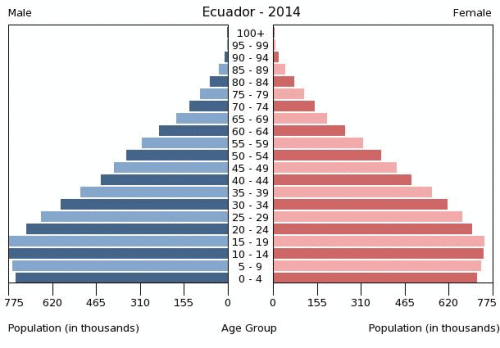


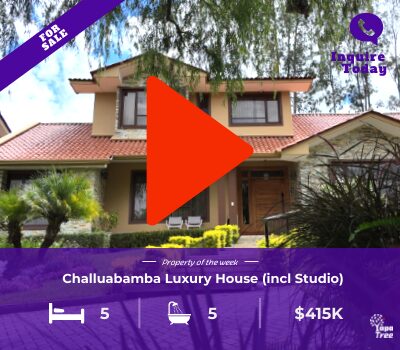





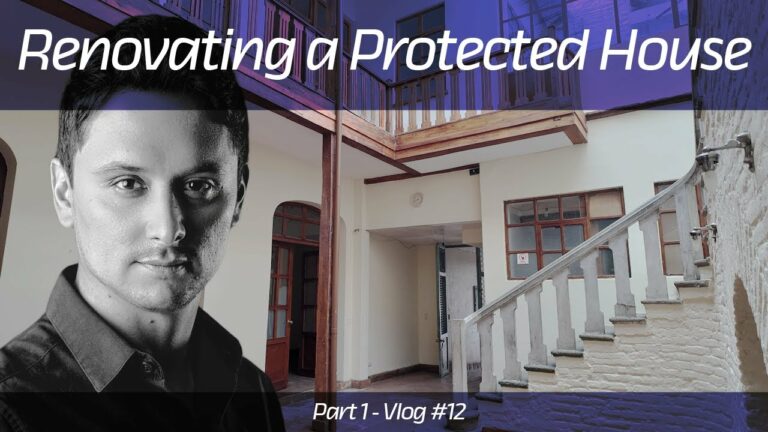

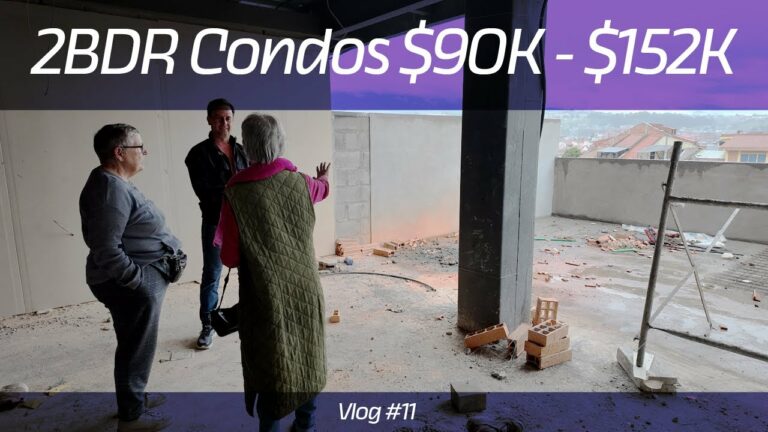

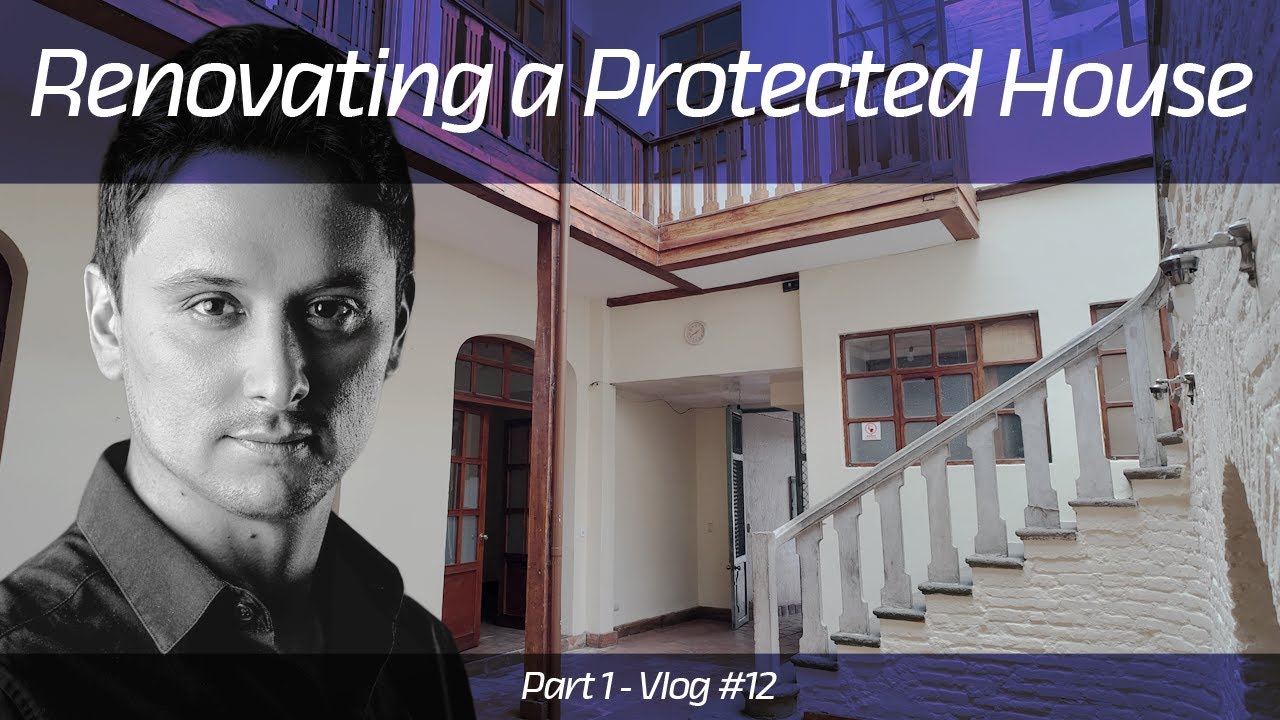
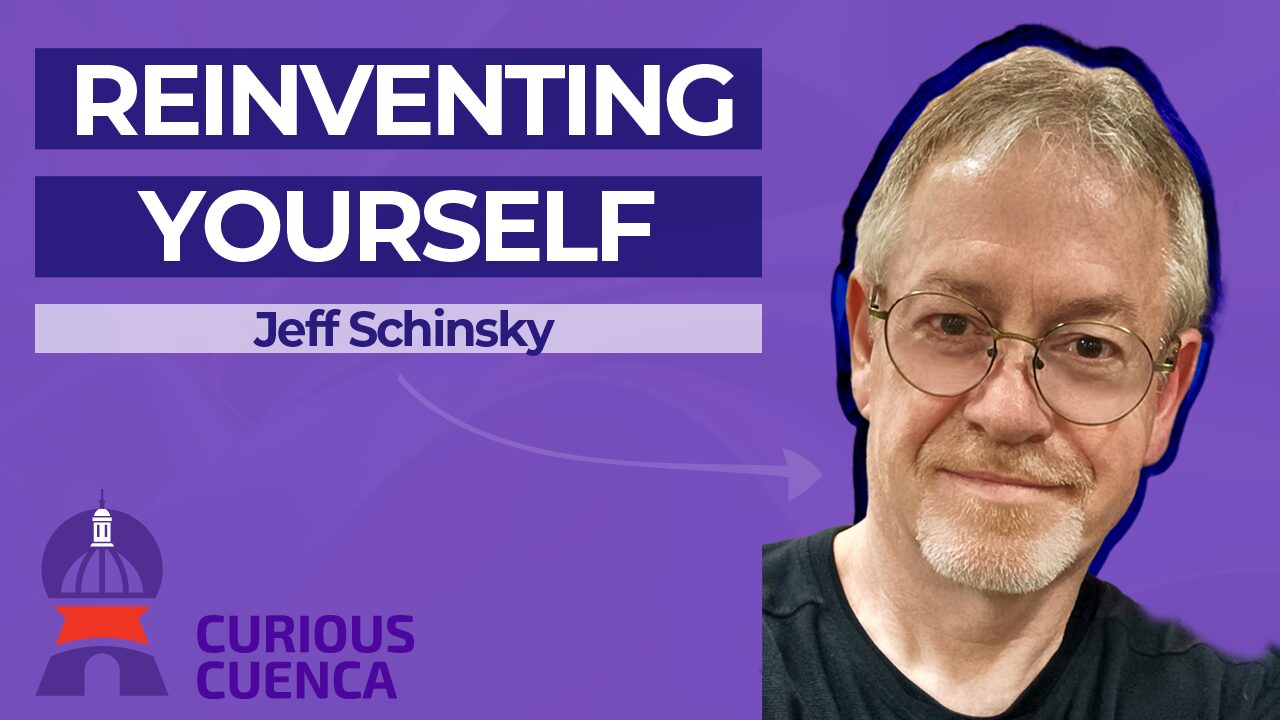

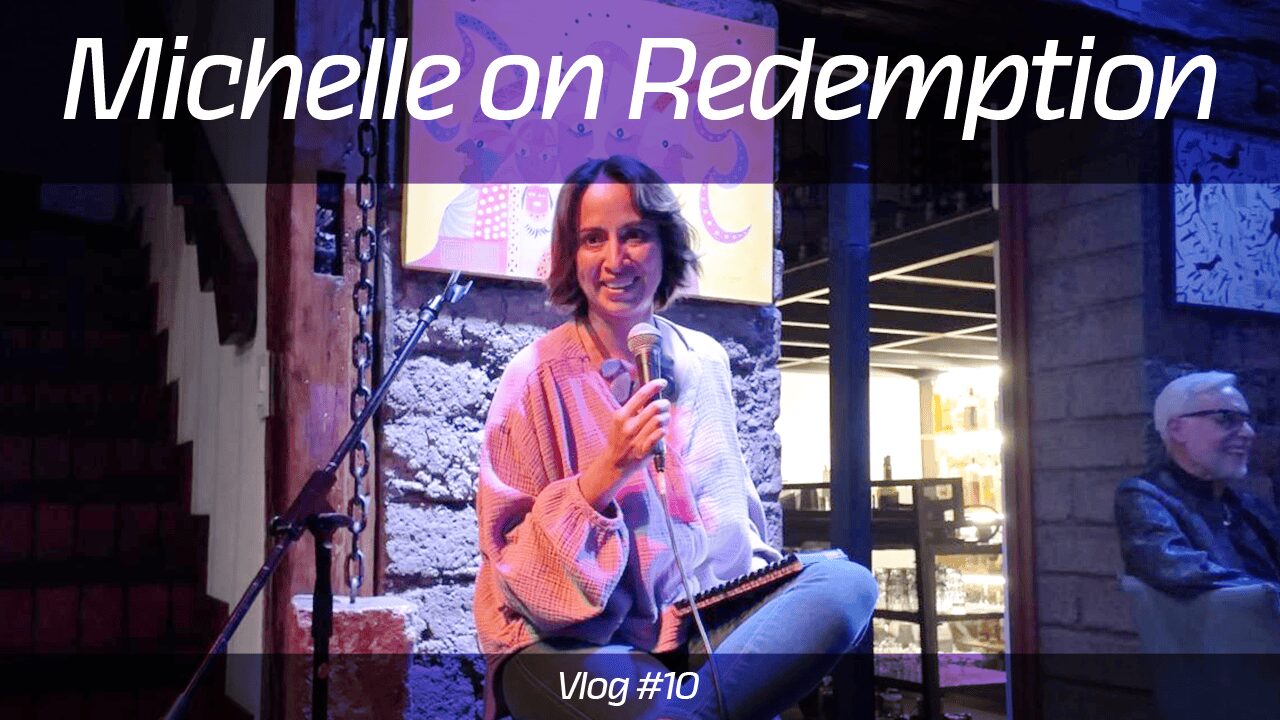
20 Responses
Sobering information to read but very telling! Thank you for your well written and informative article. I’m in my mid 40’s and these statistics scare me! Not sure it scares me more than the North American lifestyle, and threat of being gunned down in a public place. But still, thanks for mapping this info out for us!
Thanks for your well presented and informative article. As Canadians who have spent time in Ecuador (but still living with good health in Canada) we appreciate you sharing your knowledge and opening our eyes to the reality on the ground.
Well presented, informative, and not-readily-available info on Ecuador medical care. As a newly-arrived resident yet to choose ( or need ) medical options available here in EC, I greatly appreciate your expertise and perspective.
Xoie, Ruth and and Robert, after three years living here my observation is that NA expats are so used to having good emergency services (from street through hospital discharge) that it’s the last thing they consider — until it’s too late! Before you come, educate yourself. If you’re susceptible to a life-threatening emergencies, know that moving here could cost you your life. If you’re here, prepare to take maximum responsibility for management of an emergency AND follow-up care. This is not meant to discourage anyone. It’s my way of saying you’re not in Kansas anymore!
Great articke Russ. As an NREMT-P specialized in HEMS, I have done volunteer work as an instructor at the Ecuadorian Red Cross Technological Institute in Quito and made shift Ambulance runs with them.
I can tell you that the ambulances here are woefully underequipped. Even if the personnel is somewhat knowledgeable, they almost never have the necessary equipment to work with to try to stabilize the patient in the field. I have seen ambulances with inoperative sirens, empty oxygen tanks, few have Defibrillators (I bought my own AED from the US to keep at home), and few have the standard meds required for field treatment such as a Rapid Sequence Intubation ( RSI). In fact paramedics here are not trained in RSI, and many have never heard of it. There is no dedicated helicopter air ambulance service (no HEMS) with the necessary equipment and personnel on board who are trained in barotrauma when crossing the high altitudes between the sierra and the coast or the Amazon region. For example, one time they wanted me to transport a trauma patient with a tension pneumothorax from the oriente, over the sierra to the coast in a regular non HEMS equipped helicopter and no medical personnel onboard oblivious about the serious implications of doing so. Luckily I was abke to convince them not to do that.
Be aware that the ambulance personnel are often “pack-and-go stretcher carriers” with minimal equipment and knowledge that is why often a full MD physician goes along for a serious trauma run. But often a physician is busy and can’t go, and even if he goes, he/she cannot do much without the necessary equipment and meds.
I could go on and on about the deficiencies of the standard of prehospital EMS care here, but I will leave it at that.
A. T.
+++++
Attila, one of the things I have to keep reminding myself and my expat peers is that since family in Ecuador is the hub of all treatment, the concept of an institutionalized “safety net” just does not exist. THAT is our starting point and it means that when it comes to health care, we have to be our own managers. The point of my articles is that the system that exists here is (almost) in step with the economic and health needs of its populace. We stick out like sore thumbs and that is our problem, not theirs.
Exactly right Russ, The demographics and the socioeconomic situation in Ecuador do not justify it spending as much on the emergncy care of the older population. I get it,… it is a rational economics decision, they must put their scarce resources where it does the most bang for the buck, and that is for the younger generations and their illnesses and mortality issues. And, while medical care for chronic illnesses is adequate and quite affordable, we expats must fend for ourselves when it comes to timely and proper emergency care. Sadly, Ecuadorians seem to be reconciled with the knowledge that in case of a serious trauma or a critical cardiopulmonary incident, they will most probably die from lack of early and proper intervention from an ambulance crew. Most Ecuadorians in the street have no idea how to do a proper CPR to be effective, and never heard of the Heimlich maneuver.
Sounds like spam to me, Mary…you’re going to have to do a little bit better. Thanks.
we are getting quite a bit of attention lately from the spammers. Must be a good sign… ugh
Thank you Russ for an informative and well written article. I learned a lot. My strategy is to be within a 2$ cab ride of the best hospital in Cuenca, and already have a physician familiar with any personal medical situation – in an emergency it’s speed dial and a quick cab ride. I’ll bring my 20% discount coupon for Hospital Del Rio, which I downloaded from their website. There’s something you will never see in the USA – a discount coupon to a hospital.
You did an excellent job on this article.
Thank you.
Scott F
Great article, Russ!!!!!!!
Very informative information that all expats need to understand. In my two years here, I have taken the best precautions available in an emergency, however, as you so rightfully explained, this is not North America when it comes to emergencies, however, do your best to be prepared, as best you can, for an emergency.
Thank you SOOO much for this very informative article. I have experienced three life threatening situations here and only because I am very tenacious (and some extraordinary doctors) is my husband alive today. Facts are facts. You have quite clearly stated them and it makes sense.
Thank you Susan, Mary and Derek. There is a pattern in many North American publications to rave about Ecuador’s health care. Comparatively, it truly IS moving forward nicely; for its dominant demographics. In thirty years, the age demographics may be similar, but that’s in thirty years. Meantime, retired expats really need to “get” you have to work hard to educate yourself, especially if you have any ailments that are unusual here. You cannot afford to wait for the medical system here to tell you what you have (or what you take) is unusual when you’re on a stretcher. You need to take the personal responsibility to learn just how unusual you are and then plan in advance to assure the care you receive is something you can live with.
I was ready to retire to Ecuador by August of this year. I’m confused right now. How can thousands of expats live in Cuenca if they don’t count with an efficient health care. It does not make sense to me. I have researched about Cuenca and more expats continue moving there. This article scared me, and don’t know if moving there will be a good decision. The article is great and informative, but at the same time disappointing for me.
It’s very much a personal call that will be determined by your willingness to take complete responsibility for your healthcare management; in Spanish! You’re the one who’ll have to decide the risks you’ll take by moving to a developing country who’s emphasis is on handling the needs of ITS populace, NOT the needs of a limited number of foreigners who have turned their healthcare over to (what they believe is) a very, very well-oiled machine. In reality it’s just as easy to have your health compromised up there by the system, so I don’t care whether you’re coming here or staying there, my bottom line advice is to begin to educate yourself on your body’s needs and prepare yourself to be a key participant in your own health plan.
Hi again Russ:
Just wanted to extend you an invitation to visit our Fire Station No 21 and Heliport at Parque Bicentenario in Quito, when you happen to be in town. I am a US expat vet here ful time since 2011, formerly an NREMT-P/ Combat Medic / Pilot for the US government, retired, and now am employed by the Quito Metropolitan Fire Dept as a Captain / Chief of Air Operations and as the pilot of the first HEMS and SAR Helicoter in Ecuador. This new helicopter, an Agusta A109K2, high altitude twin engine medevac helicopter, is owned by the Quito Metropolitan Fire Dept. (more formally called: “Cuerpo de Bomberos del Distrito Metropolitano de Quito”, CBDMQ) and it is the first helicopter of its kind in Ecuador. It is dedicated exclusively for saving lives in missions as Helicopter Emergency Medical Service (HEMS) /Search And Rescue (SAR) / and Fire Attack. Since its first operational flight in Novemebr of last year, I have flown numerous misions to rescue /medevac several patients in and around Quito, as well as to Multiple Casualty Traffic Collisions landing as far West as Nanegalito, North to Guayllabamba/Cayambe and along the major freeways and highways around Quito. And in case of a national disaster we are ready to fly and serve anywhere else in the country where we are needed.
Since I moved here and especially since being hired by the CBDMQ, I have worked first hand as a member of the emergency medical services, in and around Quito, and I can brief you about how we do things now. I can show you our equipment and you can talk with our Paramedics about our Emergency / Trauma procedures. I think you will be impressed by the level of the medical equiment we have now, and the level of training and skill of our professional Paramedics. We have come a long way during the last few years.
It bears mentioning that our Helicopter Emergency Medical Service is a public service and, for now, it is meant for Critical Trauma (so no inter-hospital clinical patient transport yet), and also that all our services are completely free of charge. We provide equal level of service to the Level 3 Trauma Centers no matter the age, and financial condition of the patient.
Regards,
A.T.
Capt. Attila Gyuris; Pilot / NREMT-P
AGYURIS@BOMBEROS QUITO.GOB.EC
Hola, Attila… thanks for the info, it’s good to hear, and I’ll for sure consider your offer.
Hello, Russ this is Danny Weil and you might remember Holly, my little black and white dog and me. We lived at Los Jardines and you helped us organize a community medical system.
We hope you are fine. And your dog as well.
Well, we moved to Cuenca. We have been on IESS for years now but you might know, sure you do, the law is going to require an increase in payments, as much as 20% of two incomes per month, my wife and me. This will mean over $750 per month and this is high for what you explain above.
I think Ecuador is pushing people into private health care with such costs, but then again as you say old ex pats are not a priority. It simply is painful to see private health ‘noncare’ insurers get a leg up when the social service of health care should be the emphasis. alas, Ecuador is not a socialist country.
My question is this:
Now that the law requires health care, or one cannot leave the country or get back in among other things, would it be better to buy private insurance or go with the increased costs and IESS?
To open up a market for private insurers, as I said above, is simply wrong. What do you know and what should we do? We have Medicar in the states, but now must pay twice, once in Ecuador and once in the states or give up the Medicare.
What say you Russ?
Hola, Danny, nice to hear from you. Hope all is well with you and yours. Since I’ve been here (4 years now!) I’ve made a key observation; everything is subject to change. In the words of Sara Chaka who has an article in this issue of Gringo Tree about the upcoming changes:
“All in all, still being a fairly new law at hand (in and of Ecuador new visa laws), the Human Mobility Act of Ecuador remains subject to new interpretation/reinterpretation by the Ecuadorian Government, and so it is best to check back regularly as to the applicability and/or enforceability of its provisions.”
So, what I’ve heard is that IESS is reviewing its requirements and may reduce the premium for Voluntary enrollment significantly. Latest rumor dropping from 17+% to as low as 3% of declared retirement income. But this is where others are going to have to chime in and please do!
I have been on IESS and, overall have been satisfied with the system. I private pay for a lot of my medical needs but feel it is essential (for ME!) to have in the event of an emergency. The last thing I want to worry about when I’m flat on my back is whether or not I can be immediately treated, all of the elements of my article notwithstanding. I also believe that it is a reasonable price to pay to help in a small way support the medical needs of the Ecuadorian populace. I am willing to continue to pay into the system even if the prices rise as has been proposed; to this point I have really gotten a bargain. When I walk in to the Bank to pay in July (when the change is supposed to take effect) I will gladly pay what they feel is my fair share. …and then, I’ll patiently wait for that to change!
Overall, I’ve not been too impressed with private plans. Should something happen, the most important part of my “Battle Plan” is to have a skilled Medical interpreter start advocating for me the second I enter the E.R. My observation has been with the help of a native who knows and understands the system, you’re in a much better position to utilize it. I have been amazed at the level of service some expats have received when they plan ahead and take this into consideration.
I hope this helps. Double-check your numbers; 20% of the stated income of each of you and your spouse is not accurate. All my Best.